Topic of the Month
Astronaut Takuya Onishi completes rehabilitation program
Astronaut Takuya Onishi, who had been undergoing rehabilitation since returning to Earth, returned to Japan on November 20 to continue rehabilitation at the Tsukuba Space Center (TKSC). Upon completinghis rehabilitation in Japan, he went back to the U.S. to continue the series of the rehabilitation, and then completed the program on December 14.
This marked the first time that JAXA has conducted part of post-flight rehabilitation. By accumulating vast experience and advanced technology through the selection of astronaut candidates, a series of training, and certification processes, Japan now has an independent rehabilitation program and can execute it using its own facility.
A program for post-flight rehabilitation normally lasts 45 days. As Onishi’s data of physical fitness showed a smooth recovery toward his pre-flight condition, his rehabilitation program was completed as scheduled.
Onishi wrote in his Google+ stating,
“It has been 45 days since my return from the ISS, and my rehabilitation program has officially concluded.
Today I ran two miles on a normal treadmill. My legs still feel a little heavy, but expect that this discomfort will disappear the more I run.
Thanks to all the trainers and supporters, I could complete my rehabilitation without any injury.
I sincerely thank you for everything.”
On December 27, Onishi held a press conference in Tokyo.
Using video, Onishi introduced his mission and pointed out the onboard rearing of small animals and use of the Electrostatic Levitation Furnace (ELF) as being among the most remarkable achievements. Onishi also discussed how proud he was in being assigned to handle the rearing of small animals, explained how he and the ground team struggled together to overcome difficulties, and described the installation and initial checkout of the ELF that enabled controlled sample flotation using an advanced technique.
KOUNOTORI6 arrives at the ISS
On December 9, at 10:26 p.m., the H-II transfer vehicle (HTV) “KOUNOTORI6” (‘white stork’) was launched aboard the H-IIB rocket from the Tanegashima Space Center (TNSC).
Approximately 15 minutes after launch, KOUNOTORI6 was successfully separated from the H-IIB rocket and inserted into orbit. Takesaki Range Control Center (RCC) at the TNSC applauded the successful insertion. Soon after the insertion into orbit, the establishment of communications between KOUNOTORI6 and the TKSC was confirmed and HTV6 operations control initiated.
The role of the rocket ends at this stage, but the HTV mission includes all series of operations, such as approaching to the ISS, berthing to the ISS, transferring cargo and waste, unberthing from the ISS, and reentry into the atmosphere.
trashwaste transfer, unberthing from the ISS, and reentry into the atmosphere.
After separating from the rocket, KOUTNOTORI6 performed several height adjustment maneuvers and gradually approached to the ISS by taking about four days. About six hours prior to berthing to the ISS, KOUNOTORI6 passed 500 meters below the ISS and then approached the ISS at a rate of 1-10 meters per minute.
Two hours later, KOUNOTORI6 was traveling just 10 meters beneath the ISS, and could be seen from the ISS as if it were motionless. In a cautious manner, KOUNOTORI6 again began approaching the ISS.
Thanks to the collaboration among the onboard astronauts, NASA ISS Mission Control Room, and JAXA HTV Mission Control Team, KOUNOTORI6 was captured by the Space Station Remote Manipulator System (SSRMS) manipulated by astronaut Shane Kimbrough at 7:39 p.m., on December 13, and then berthed to the Common Berthing Mechanism (CBM) of the Harmony module (Node 2) at 11:48 p.m. The operations were concluded by activating electric power and communication lines at 3:24 a.m. the following day.

A container containing fresh food grown in Japan inside was taken out first (December 14. Credit: JAXA/NASA)
At 4:44 a.m., on December 14, the station crew opened the hatch between the ISS and KOUNOTORI6, and entered the Pressurized Logistics Carrier (PLC).
Later, the ground team manipulated the SSRMS and pulled out the Exposed Pallet (EP) with the new ISS battery Orbital Replacement Units (ORUs) mounted on it from the Unpressurized Logistics Carrier (ULC), and then placed the EP at a designated location on the ISS truss.
Kibo this Month
Successful deployment of a CubeSat delivered by KOUNOTORI6
On December 19, 2016, at 5:50 p.m., a microsatellite named “STARS-C” was successfully deployed into orbit after being removed from the Japanese Experiment Module (“Kibo”).
At the Tsukuba Space Center (TKSC), the personnel concerned from Shizuoka University monitored and applauded the successful deployment.
STARS-C is a CubeSat with the size of 2U (10cm×10cm×20cm). The STARS-C mission demonstrates tether extension technology in space by dividing the unit into two sub-units, with each being connected by tether (wire).
KOUNOTORI6 delivered seven CubeSats (including STARS-C) and an upgraded JEM Small Satellite Orbital Deployer (J-SSOD) featuring doubled deployment capacity at one time. Using this upgraded J-SSOD, the other six CubeSats were deployed on January 16.
A flash report of on-ground analysis of space mice
A small animal rearing mission conducted from July 22 – August 25 in the Kibo module successfully completed the simultaneous rearing of mice under artificial (1G) and microgravity (0G) environments, and the return of all mice to Earth in a live condition.
As a result of examination, the amounts of bones and muscles of mice reared in each environment showed significant differences.
1. Changes in bone tissues (analysis by Tokyo Medical and Dental University)
| 1G | μG |
 |
 |
| Changes in bone composition of mice reared in Kibo Outer bone:Cortical bone, Inner bone:Cancellous bone |
|
The team analyzed femur tissues, parts that are strongly affected by dynamic loads, of the returned mice by using micro CT and found that cancellous bones* in the femur had dramatically decreased among mice reared in the μG environment compared with those reared in the 1G environment. Structural analysis of cancellous bones and examination of the bone mineral content revealed a decrease in the number of trabecular bones and in the amount of bone mineral in the cancellous bones, indicating that severe osteoporosis had occurred.
Decreases in bone mass are known to be caused by a long-term stay in space, but the mechanism for such loss has hardly been elucidated.
We will clarify the molecular mechanisms of bone loss induced by microgravity.
*Bone consists of a hard part called cortical bone in the outer part, and a mesh-like part called cancellous (spongy) bone inside the bone. Cancellous bones metabolize more actively than cortical bones.
2. Changes in muscles (analysis by the University of Tsukuba)
The change in weight of the soleus muscle (a skeletal muscle in the calf), one of the antigravity muscles, showed that the muscle weight of mice reared in the μG environment was reduced by 10% compared with the mice reared in the 1G environment.
In addition, in comprehensive genetic analysis using a next-generation sequencer, gene expression was also altered in 300 genes out of approximately 40,000 genes in mice reared under microgravity.
The soleus muscle is one of the muscles whose function declines the longer you stay in space.
We will examine whether the changes in gene expression observed this time were caused by the epigenetic changes resulting from adaptation to a given environment.
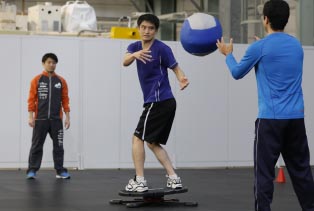
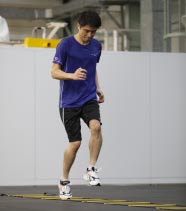
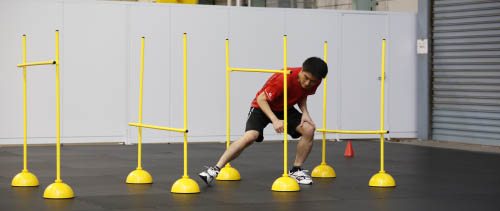
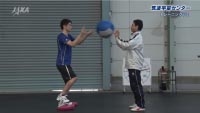
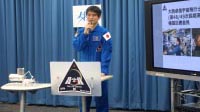

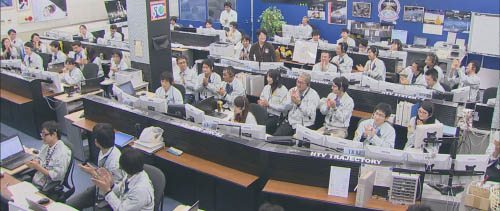
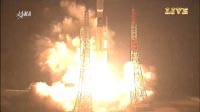
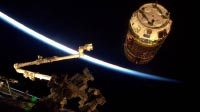
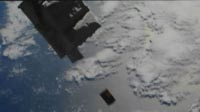
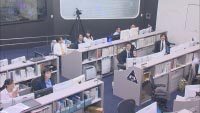
Comments are closed.